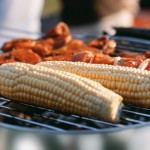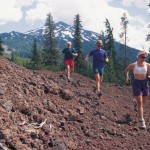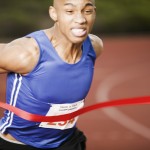 The Powerful Benefits of Antioxidants
The Powerful Benefits of Antioxidants
Antioxidants are powerful molecules that inhibit the oxidation of other molecules in the body. This process of cell oxidation is what creates free radicals. Free radicals can lead to diseases such as cancer, cardiovascular disease, immune system impairment, cognitive impairment, and Alzheimer’s disease when there aren’t any antioxidants to create balance in these molecules.
While having antioxidants readily available in your body is necessary for preventing these diseases, they’re also beneficial for creating an overall well-functioning body. For example, the beta carotene you find in carrots and sweet potatoes can help protect your eye health. Lycopene which is found in tomatoes helps to protect prostate health. In addition, the flavonoids in tea, cocoa and chocolate are great for your heart.
There are plenty of fresh organic fruit and vegetable sources of antioxidants, so as long as you’re eating these – you’re helping fight off free radicals and disease for your future and maintaining good overall health.
Here are a few powerful sources of antioxidants that you can begin eating now:
Beans (red, kidney, pinto, black beans)
Cherries, prunes, peaches, plums and other stone fruits
Blueberries, cranberries, blackberries, raspberries and strawberries
Red Delicious and Granny Smith apples
Artichokes, broccoli, kale, carrots, tomatoes, sweet potatoes
Nuts
Tea
Coffee
Chocolate and cocoa powder
From this list you can see that the most beneficial foods to get adequate amounts of antioxidants and fight free radicals are whole foods straight from nature. Fill up on a few of these each day to help keep your body functioning at it’s peak and fight off future disease.
Rachael Roehmholdt is a certified holistic health coach and founder of Be More Healthful. With a passion for good food and living a healthful and balanced life, she believes that small changes to our everyday lives can set us up for a lifetime of health and happiness.
 Subscribe
Subscribe







